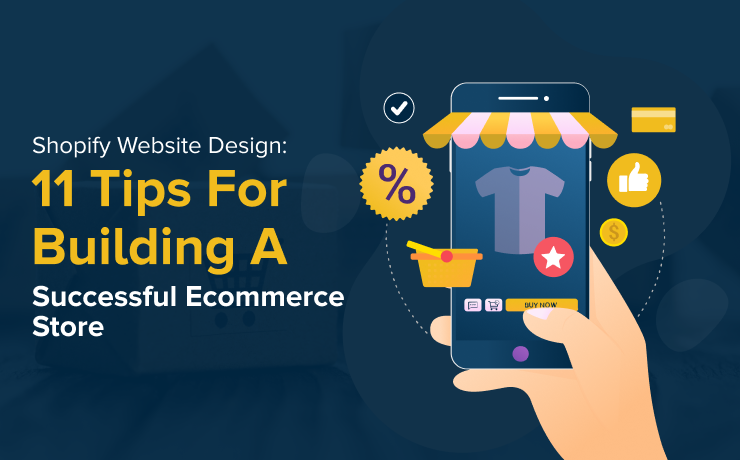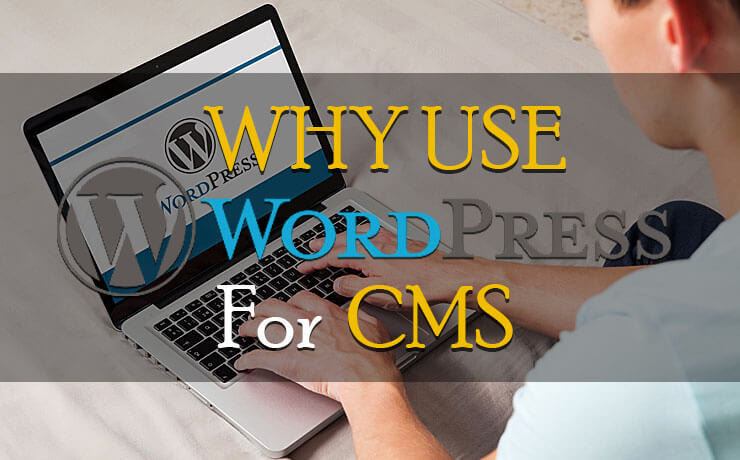Shopify Website Design: 11 Tips For Building A Successful Ecommerce Store

Chad Faith
Director of Content

Creating a Shopify website that stands out requires more than just a good idea and quality products; it demands a strategic approach to design. At SmartSites, we specialize in crafting Shopify website design work that not only draws attention but also drives conversions. Leveraging our expertise in web design and digital marketing, we have compiled essential tips to guide you through the process of building a successful eCommerce store on Shopify.
Understanding Shopify’s Platform
Shopify has democratized eCommerce, offering a platform that balances ease of use with comprehensive features. Its appeal lies in the simplicity of setting up a store and the flexibility it offers through themes, apps, and integrations. Understanding the platform’s capabilities is the first step towards leveraging it for your business success.
Choosing the Right Theme
Your theme lays the foundation for your Shopify website design. It is crucial to select a theme that aligns with your brand identity and caters to your specific business needs. Consider themes that offer customization options, are mobile-responsive, and provide a seamless user experience. Remember, the goal is to choose a theme that supports your vision and can scale with your business.
Prioritizing User Experience (UX)
A successful Shopify store is one that prioritizes the user experience. This means creating a site that is intuitive, easy to navigate, and enjoyable to explore. Focus on clear categorization, a simple checkout process, and fast loading times to minimize friction and encourage purchases. Incorporating search engine optimization (SEO) best practices will also ensure that your site is discoverable and ranks well in search engine results.
Leveraging High-Quality Images and Media
Visuals play a critical role in eCommerce, as they are often the only way customers can evaluate products online. Invest in high-quality images and consider using videos to showcase your products in action. This visual appeal can significantly impact customer engagement and conversion rates.
Streamlining the Checkout Process
A complicated checkout process is a common barrier to conversion. Streamline the checkout experience on your Shopify store by minimizing the number of steps, offering multiple payment options, and clearly displaying shipping costs and return policies. The easier it is for customers to complete their purchases, the lower your cart abandonment rate will be.
Incorporating Social Proof
Social proof, such as customer reviews and ratings, builds trust and credibility. Integrating these elements into your Shopify website design can influence buying decisions and enhance the overall perception of your brand. Displaying testimonials and leveraging user-generated content can also create a sense of community around your products.
Optimizing for Mobile
With an increasing number of consumers shopping on mobile devices, optimizing your Shopify store for mobile is non-negotiable. Ensure that your website design is responsive, loads quickly on mobile devices, and offers an easy-to-use interface for on-the-go shoppers. A mobile-optimized site not only improves the user experience but also contributes to better SEO rankings.
Engaging in Effective Marketing
To drive traffic and increase visibility, engage in effective digital marketing strategies. Utilize pay-per-click advertising, email marketing, and social media marketing to reach your target audience and promote your products. Each channel offers unique advantages, and a diversified marketing approach can help you connect with potential customers at different stages of the buying journey.
Continuously Analyzing and Improving
The eCommerce landscape is dynamic, and ongoing analysis is key to staying ahead. Use Shopify’s analytics tools to track performance, understand customer behavior, and identify areas for improvement. Regularly update your store based on data-driven insights to enhance the user experience, optimize marketing efforts, and ultimately increase sales.
Utilizing SEO to Your Advantage
An essential aspect of a successful Shopify website design is incorporating SEO strategies from the start. By optimizing your site’s content with relevant keywords, meta descriptions, and alt tags for images, you enhance your visibility on search engines, making it easier for potential customers to find you. SEO is not just about attracting traffic; it is about drawing in the right audience that is ready to engage and convert. Implementing SEO effectively requires ongoing effort, but it pays dividends by significantly increasing your online presence and driving organic growth.
Personalizing the Shopping Experience
In today’s eCommerce landscape, personalization can set your Shopify store apart. Utilizing data analytics and customer insights, tailor the shopping experience to meet the unique preferences and needs of your visitors. From personalized product recommendations to customized email marketing campaigns, making your customers feel understood and valued encourages loyalty and repeat business. Shopify’s various apps and integrations offer the tools needed to deliver these personalized experiences seamlessly, enhancing customer satisfaction and boosting your store’s performance. Building a successful eCommerce store on Shopify requires a thoughtful approach to website design, a focus on user experience, and a commitment to continuous improvement. By following these tips, you can create a Shopify website that not only looks great but also effectively converts visitors into loyal customers. At SmartSites, we are dedicated to helping businesses achieve their digital goals through expertly crafted Shopify websites. Partner with us to transform your online store into a powerful sales engine.
 Free
Consultation
Free
Consultation Free
Google Ads Audit
Free
Google Ads Audit







